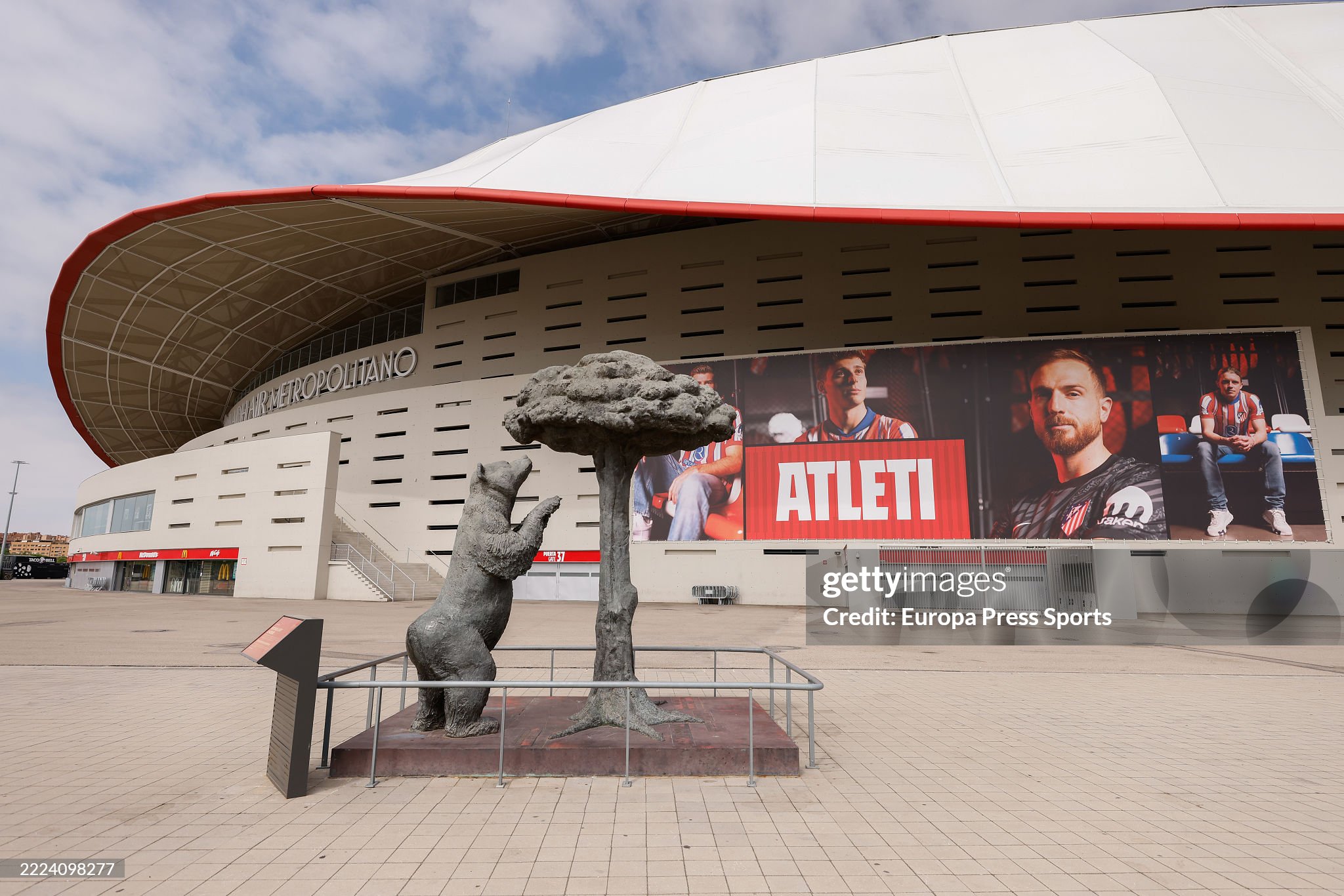The Deputy Mayor and spokesperson for the Madrid City Council, Inma Sanz, has voiced clear and enthusiastic support for Atlético de Madrid’s ambitious proposal to construct a multi-purpose arena in the San Blas-Canillejas district, adjacent to the club’s Cívitas Metropolitano stadium.
The arena is set to be built on the grounds of the long-abandoned aquatic center, a project that has remained incomplete for years and has come to symbolize a missed opportunity for urban regeneration. By backing the initiative, the City Council aims to breathe new life into the area while also reinforcing Madrid’s standing as a prime destination for large-scale events.
Sanz, speaking after Thursday’s executive meeting, emphasized that the project has passed the initial assessments by the relevant municipal departments, which concluded that the proposal not only complies with existing urban planning legislation but also aligns with the broader interests of the city’s residents. “This is a project that respects the planning framework and responds to a clear general interest,” she said, adding that it reflects a well-structured, forward-looking initiative that complements the city's long-term development strategy.
The proposed venue, with a capacity for 20,000 spectators, would be built on publicly owned land made available by the City Council through a formal concession process. While the land remains public, Atlético de Madrid would finance and manage the development, with the objective of turning the space into one of Madrid’s premier locations for both sports and entertainment. The arena is expected to host a wide range of activities, from indoor sports competitions and basketball games to major concerts, exhibitions, conferences, and other cultural events.
Once the public consultation phase concludes a required step in the city’s administrative process the Council will begin drafting the legal and technical specifications needed to put the project out to tender. “As with any major project presented in Madrid, this will follow a transparent and open bidding process,” Sanz clarified, ensuring that the development remains in line with public accountability and governance standards.
The Deputy Mayor also noted that the project will contribute positively to the economic and social development of the San Blas-Canillejas district, an area that has historically lagged behind in terms of infrastructure investment and cultural amenities. “This is not just about building an arena; it's about revitalizing an entire neighborhood and creating opportunities for residents,” she stated. The expected economic impact includes job creation during the construction phase, long-term employment opportunities linked to the operation and maintenance of the venue, and increased commercial activity in surrounding areas due to greater foot traffic and tourism.
The proposed arena would complement Atlético de Madrid’s broader development plans for the vicinity of the Metropolitano stadium, which already includes improved transport access, retail zones, and public space upgrades. With this project, the club reinforces its role not only as a football institution but also as a key player in Madrid’s urban transformation.
Sanz described the operation as “positive news” for the city, particularly because it repurposes a dormant site that had previously generated frustration among citizens due to its lack of progress. “We are turning a symbol of urban paralysis into a catalyst for cultural, sporting, and economic dynamism,” she remarked.
Public reaction to the announcement has so far been largely favorable, with many residents welcoming the prospect of increased investment and improved facilities in the eastern part of the city. Urban development experts have also praised the project as a strategic way to modernize underused land and generate lasting value for the community.
With the green light now given for the procedural next steps, Atlético de Madrid’s arena project moves closer to becoming a reality one that could transform not only the skyline of San Blas-Canillejas, but also Madrid’s capacity to attract world-class events for years to come.


